

Furniture
How To Secure A Leaning Mirror On A Dresser
Modified: August 22, 2024
Learn how to safely secure a leaning mirror on your dresser for added stability and peace of mind. Protect your furniture and prevent accidents with our easy step-by-step guide.
(Many of the links in this article redirect to a specific reviewed product. Your purchase of these products through affiliate links helps to generate commission for Storables.com, at no extra cost. Learn more)
Introduction
Leaning mirrors can add a touch of elegance and functionality to any bedroom or dressing area. However, keeping them securely in place can be a challenge. The last thing you want is for the mirror to topple over and cause damage or injury. That’s why it’s essential to learn how to properly secure a leaning mirror on a dresser.
In this article, we will guide you through the process of securing your leaning mirror, ensuring that it stays in place and provides a safe and stylish addition to your room. We will discuss different methods and techniques for anchoring the mirror to the dresser or wall, offering you several options to choose from based on your preferences and the materials available.
Before we delve into the specific anchoring methods, let’s first examine the mirror and dresser to assess their suitability for installation. This step is crucial in ensuring a secure and stable setup.
Key Takeaways:
- Secure your leaning mirror on a dresser by assessing the mirror and dresser, choosing the right anchoring method, and performing regular maintenance to ensure stability and safety.
- Consider using wall hooks, furniture straps, L-brackets, or adhesive mounting tape to securely anchor your leaning mirror, and always prioritize safety by performing regular maintenance checks.
Read more: How To Decorate A Dresser With A Mirror
Assessing the Mirror and Dresser
Before you begin securing your leaning mirror, it’s important to assess both the mirror and the dresser to determine their condition and compatibility. Here are some key factors to consider:
- Weight and Size: Evaluate the weight and size of the mirror to determine the level of support it will require. Larger and heavier mirrors will necessitate more robust anchoring methods.
- Frame Material: Take note of the mirror’s frame material. Ideally, it should be sturdy and capable of withstanding the pressure of anchoring hardware or adhesive.
- Dresser Stability: Examine the stability of the dresser itself. Make sure it is sturdy and won’t wobble or tip over when the mirror is placed on it.
- Surface Compatibility: Consider the surface of the dresser where the mirror will rest. Smooth, flat surfaces are ideal for stability and proper adhesion.
- Wall Condition: If you choose to anchor the mirror to the wall, check the condition of the wall to ensure it can support the weight and pressure of the mirror.
By assessing these factors, you can determine the best course of action for securing your leaning mirror in a way that ensures maximum stability and safety.
Choosing the Right Anchoring Method
Once you have assessed the mirror and dresser, it’s time to choose the right anchoring method. The method you select will depend on factors such as the weight and size of the mirror, the dresser’s stability, and your personal preferences. Here are some commonly used anchoring methods:
- Wall Hooks: If your leaning mirror has hooks on the back, you can anchor it to the wall using sturdy wall hooks. This method ensures that the mirror is securely attached to the wall, offering stability and peace of mind. It is especially useful for larger and heavier mirrors.
- Furniture Straps: Furniture straps are ideal for securing leaning mirrors to dressers. These straps wrap around the mirror and anchor it to the dresser, preventing it from tipping over. Make sure to choose strong and durable straps specifically designed for furniture anchoring.
- L-brackets: L-brackets are metal brackets shaped like an “L,” and they are useful for reinforcing the connection between the mirror and the dresser. By installing L-brackets at strategic points, you can enhance the stability and prevent any wobbling or tilting of the mirror.
- Adhesive Mounting Tape: Adhesive mounting tape is a convenient option for securing smaller mirrors. This double-sided tape adheres to both the mirror and the dresser, creating a strong bond. However, make sure to read the manufacturer’s instructions and choose tape that can support the weight of your mirror.
Consider the characteristics of your mirror and dresser, as well as your personal preferences and the available materials, when selecting the right anchoring method. Keep in mind that it’s always better to err on the side of caution and choose a method that provides maximum stability and security.
Anchoring the Mirror with Wall Hooks
If your leaning mirror has hooks on the back, anchoring it to the wall with wall hooks is an excellent option for providing stability and preventing any accidental tipping. Follow these steps to anchor your mirror using wall hooks:
- Locate the Studs: Use a stud finder or tap on the wall to locate the studs. Anchoring the mirror to the studs ensures a secure and stable attachment.
- Measure and Mark: Measure the distance between the hooks on the back of the mirror. Transfer these measurements onto the wall, ensuring that the hooks align with the studs.
- Pre-Drill Holes: Using a drill bit slightly smaller than the diameter of the wall hooks, pre-drill holes at the marked locations on the wall.
- Insert Wall Anchors: If the wall does not have studs at the desired anchor locations, insert wall anchors into the pre-drilled holes. These anchors provide additional support for the wall hooks.
- Screw in the Wall Hooks: Align the hooks with the pre-drilled holes and start screwing them into the wall or wall anchors. Ensure that the hooks are securely fastened.
- Hang the Mirror: Carefully lift the mirror and align the hooks on the back of the mirror with the wall hooks. Gently place the mirror onto the hooks, ensuring it is properly balanced and stable.
Wall hooks offer a secure and reliable method for anchoring leaning mirrors to the wall. They distribute the weight of the mirror evenly and prevent any accidental tipping or falling.
Remember, always follow the manufacturer’s instructions for the wall hooks and ensure that they are appropriate for the weight and size of your mirror to guarantee a safe and secure installation.
Use mirror clips or brackets to secure the top of the leaning mirror to the wall. This will prevent it from tipping over and ensure it stays safely in place on the dresser.
Using Furniture Straps to Secure the Mirror
Furniture straps are a practical and effective method for securing leaning mirrors to dressers and preventing them from tipping over. Follow these steps to use furniture straps to secure your mirror:
- Position the Mirror: Place your leaning mirror in the desired position on top of the dresser. Ensure that it is centered and balanced.
- Choose the Strap Location: Determine the optimal strap placement on the mirror and dresser. Ideally, the straps should be positioned near the top and bottom on either side of the mirror.
- Measure and Cut the Straps: Measure the distance from one side of the mirror to the corresponding side of the dresser, and cut the furniture straps accordingly. Ensure that you have enough length to securely fasten the straps.
- Secure the Straps: Attach one end of the strap to the back of the mirror and the other end to the dresser. You can use screws, bolts, or other appropriate fasteners to securely attach the straps to the furniture.
- Tighten the Straps: Adjust the straps so that they are taut but not overly tight. This ensures that the mirror is securely held in place without putting unnecessary strain on the frame or dresser.
- Check for Stability: Test the stability of the mirror by gently pushing or shaking it. If it remains firmly in place, then the furniture straps have successfully secured the mirror.
Furniture straps provide an added layer of security by preventing the mirror from tipping over, even if the dresser is accidentally bumped or jostled. They are particularly useful for larger or heavier mirrors that may be more prone to instability.
Always choose high-quality and durable furniture straps that are specifically designed for anchoring purposes. Regularly check the straps to ensure they are in good condition and securely attached to both the mirror and the dresser for ongoing safety.
Read more: How To Put A Mirror On A Dresser
Installing L-brackets to Reinforce the Mirror
L-brackets are metal brackets shaped like an “L,” and they are an excellent option for reinforcing the connection between the leaning mirror and the dresser. This method provides additional stability and prevents any wobbling or tilting of the mirror. Follow these steps to install L-brackets:
- Position the Mirror: Place your leaning mirror in the desired position on top of the dresser. Ensure that it is centered and balanced.
- Identify the Reinforcement Points: Assess the back of the mirror and dresser to determine where additional support is needed. Look for areas where the frame of the mirror and the top of the dresser can be attached using L-brackets.
- Mark the Screw Locations: Use a pencil or marker to mark the screw locations on both the mirror and the dresser, corresponding to where the L-brackets will be attached.
- Pre-Drill Holes: Using a drill bit slightly smaller than the diameter of the screws, pre-drill holes at the marked locations on both the mirror and the dresser.
- Attach the L-brackets: Place the L-brackets over the pre-drilled holes and align them. Securely fasten the screws through the holes in the brackets, attaching them to both the mirror and the dresser.
- Check for Stability: Test the stability of the mirror by gently pushing or shaking it. If it remains firmly in place, then the L-brackets have successfully reinforced the mirror.
L-brackets provide added support and reinforcement to ensure that the mirror stays securely in place on top of the dresser. They distribute the weight of the mirror evenly and prevent any tilting or shifting that may occur over time.
Choose L-brackets that are appropriately sized and made of durable metal to withstand the weight and provide long-lasting stability. Regularly inspect the brackets and screws to ensure they are secure and in good condition to maintain the integrity of the installation.
Applying Adhesive Mounting Tape for Extra Support
If you have a smaller leaning mirror that doesn’t require heavy-duty support, adhesive mounting tape can be a convenient and effective method for securing it to the dresser. While not suitable for larger or heavier mirrors, mounting tape is an excellent option for lightweight mirrors. Follow these steps to apply adhesive mounting tape:
- Clean the Surfaces: Clean both the back of the mirror and the top of the dresser to ensure they are free from dust, dirt, and any other debris. This step is crucial for proper adhesion.
- Cut the Tape: Measure and cut adhesive mounting tape strips to match the dimensions of the mirror. Cut additional strips to cover the desired surface area on the dresser.
- Apply the Tape to the Mirror: Remove the backing from the adhesive side of the mounting tape and carefully press it onto the back of the mirror. Ensure the tape is evenly spaced and covers a sufficient area of the mirror’s back for a secure bond.
- Apply the Tape to the Dresser: Similarly, remove the backing from the adhesive side of the mounting tape and firmly press it onto the top of the dresser. Make sure the tape is evenly spaced and covers a sufficient area to provide proper support.
- Press and Hold: Apply firm pressure to the mirror and dresser for a few moments to ensure the adhesive mounting tape adheres properly. This helps create a strong bond between the mirror and the dresser.
- Check for Stability: Test the stability of the mirror by gently pushing or shaking it. If it remains firmly in place, then the adhesive mounting tape has successfully secured the mirror.
Adhesive mounting tape is a simple and hassle-free option for securing smaller leaning mirrors to dressers. It provides a strong bond between the mirror and the surface of the dresser, eliminating the need for additional hardware or drilling.
Ensure that the adhesive mounting tape you choose is specifically designed for mounting mirrors and has a weight capacity that exceeds the weight of your mirror. Regularly inspect the tape and reapply if necessary to maintain a secure and stable installation.
Regular Maintenance and Safety Checks
Once you have successfully secured your leaning mirror on the dresser using your chosen method, it’s important to perform regular maintenance and safety checks to ensure that it remains securely in place. Here are some essential steps to follow:
- Inspect the Anchoring: Regularly check the integrity of the anchoring method you used. Ensure that wall hooks, furniture straps, L-brackets, or adhesive mounting tape are still firmly in place and show no signs of looseness or damage.
- Tighten Fasteners: If you used screws or bolts to secure the mirror, periodically check and tighten them as needed. Over time, vibrations or movement may cause the fasteners to loosen, so it’s crucial to keep them tightened to maintain stability.
- Check the Mirror Frame: Inspect the mirror frame for any signs of damage, such as cracks or loose parts. If you notice any issues, repair or replace the frame as necessary to ensure the mirror remains safe and stable.
- Clean and Dust: Regularly clean and dust the mirror, dresser, and any anchoring components. Dust and debris can accumulate over time and affect the stability of the mirror. Use a soft cloth or duster to gently clean the surfaces.
- Verify Stability: Periodically test the stability of the mirror by gently pushing or shaking it. If it remains firmly in place, it indicates that it is securely anchored. However, if you notice any excessive movement or instability, reevaluate the anchoring method and make any necessary adjustments or repairs.
- Reassess Weight Distribution: If you make any changes to the mirror, such as adding decorations or accessories, verify that the weight distribution remains balanced. Uneven weight distribution can affect stability, so ensure that any additions are properly secured and do not compromise the mirror’s stability.
By performing regular maintenance and safety checks, you can ensure that your leaning mirror remains securely anchored to the dresser. If you notice any issues or signs of instability, take prompt action to rectify the situation and prevent any accidents or damage.
Keep in mind that prevention is key, so it’s always best to err on the side of caution and reinforce the anchoring if you have any doubts about the stability of the mirror. Your safety and the protection of your surroundings are paramount.
Now that you've mastered securing a leaning mirror on your dresser, why not enhance your space further? If you're considering an elegant touch, our guide on selecting the perfect mirror dresser will surely inspire. For those concerned about safety and stability throughout the home, our detailed instructions on how to secure furniture provide invaluable tips. Both articles offer practical advice tailored to your needs, ensuring your home is not only stylish but also safe.
Frequently Asked Questions about How To Secure A Leaning Mirror On A Dresser
Was this page helpful?
At Storables.com, we guarantee accurate and reliable information. Our content, validated by Expert Board Contributors, is crafted following stringent Editorial Policies. We're committed to providing you with well-researched, expert-backed insights for all your informational needs.
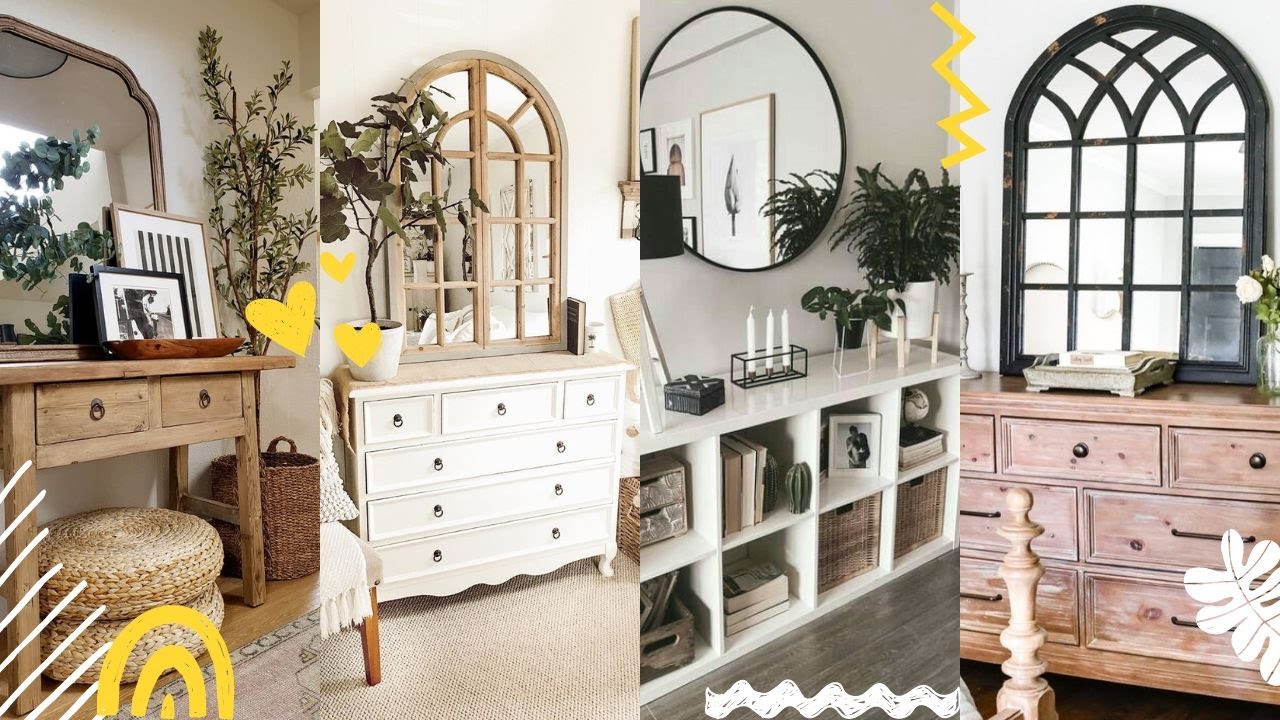
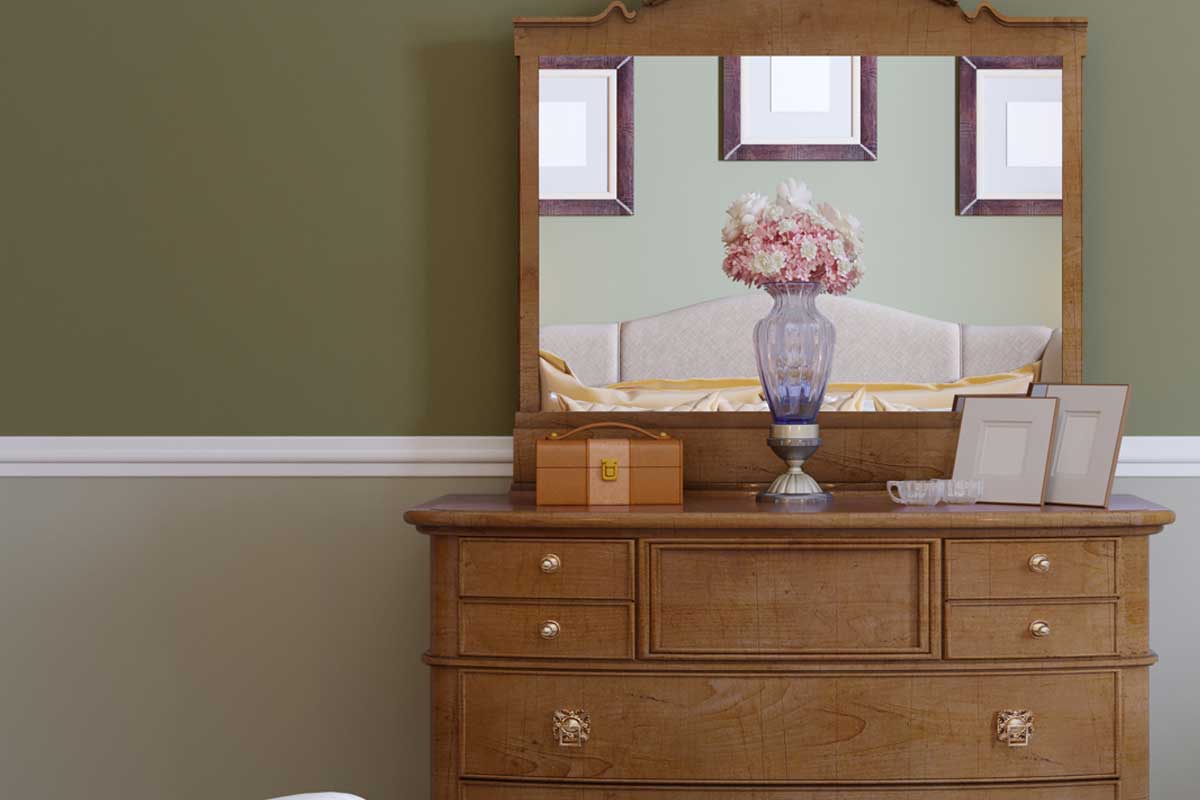
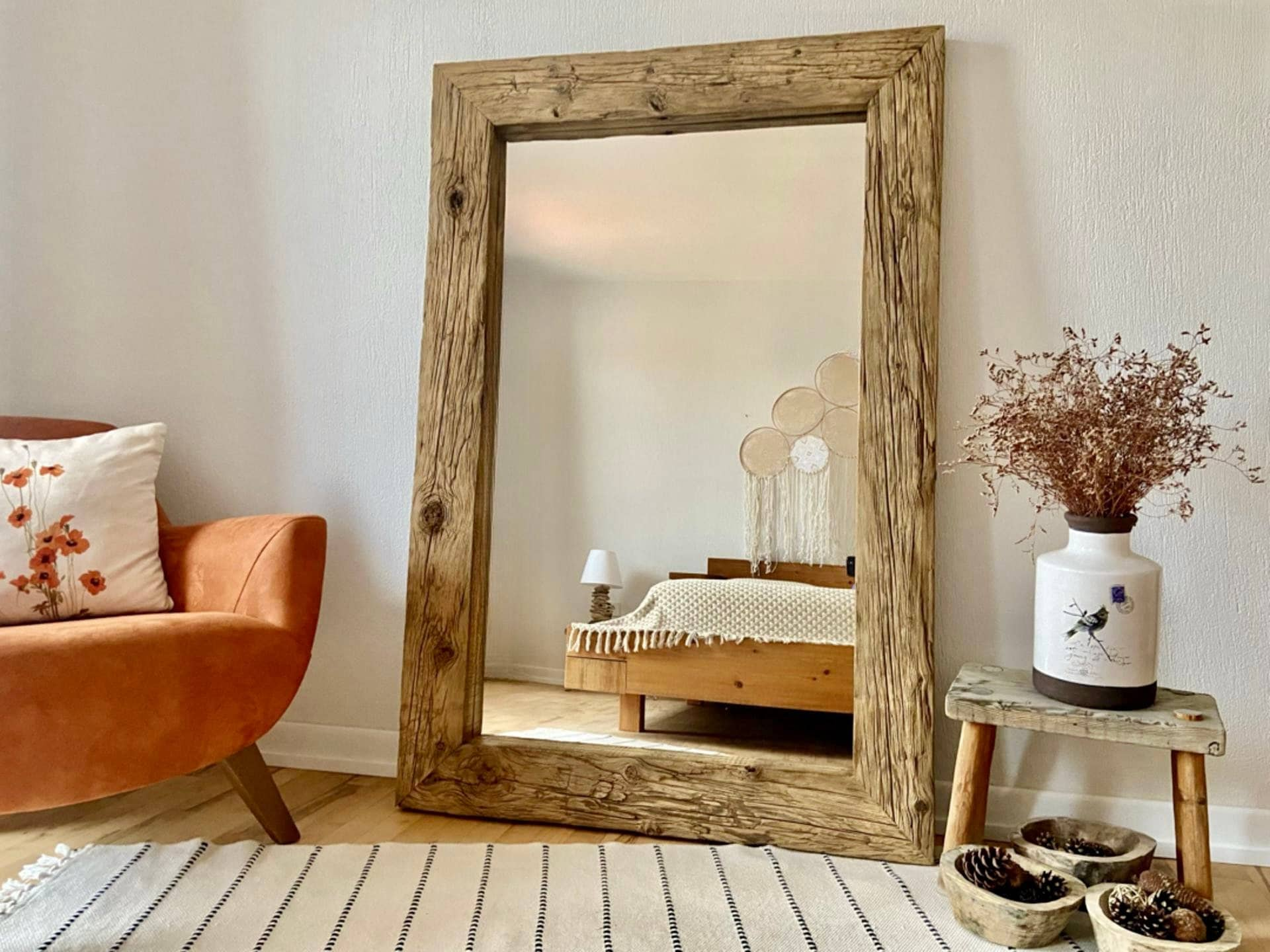
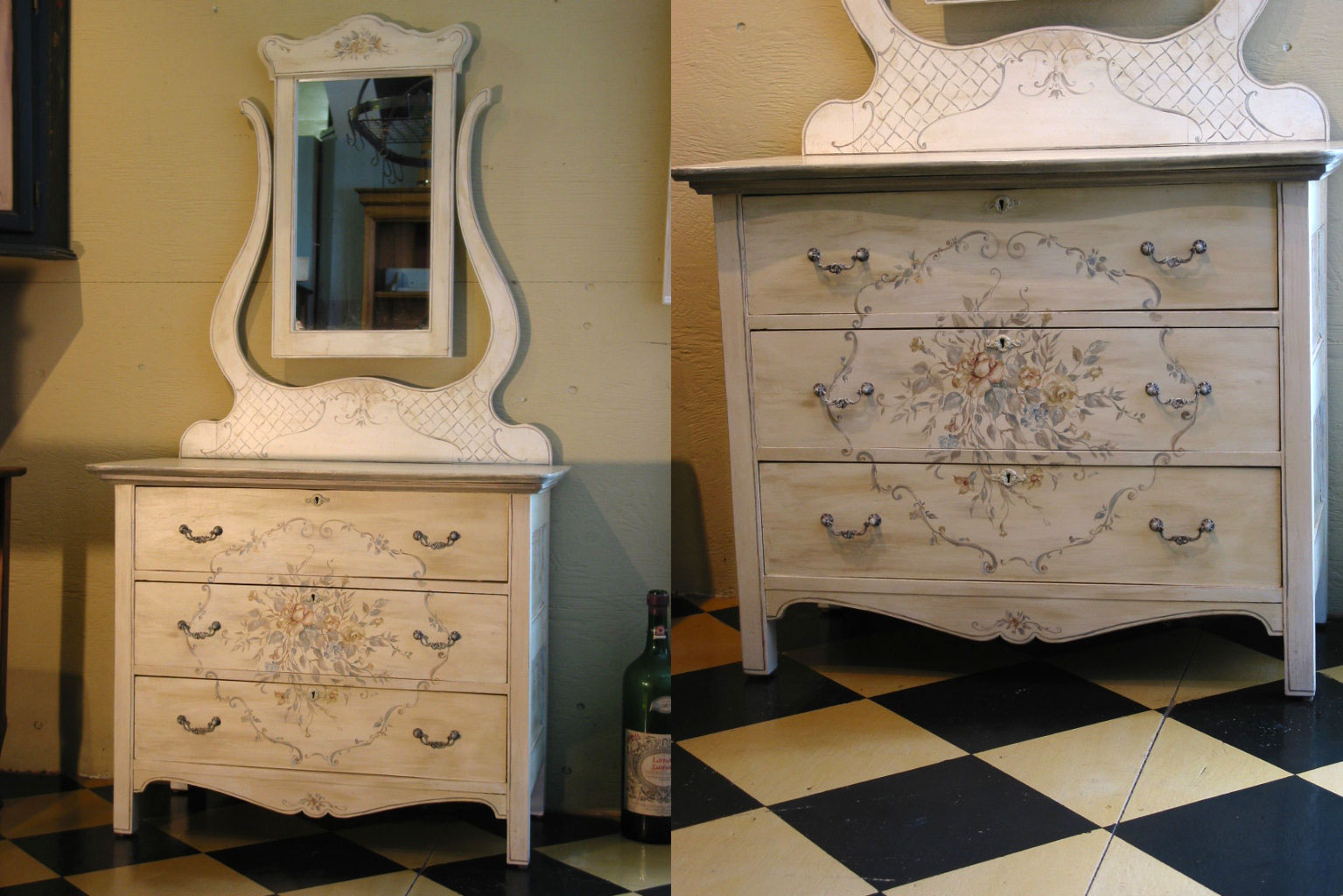
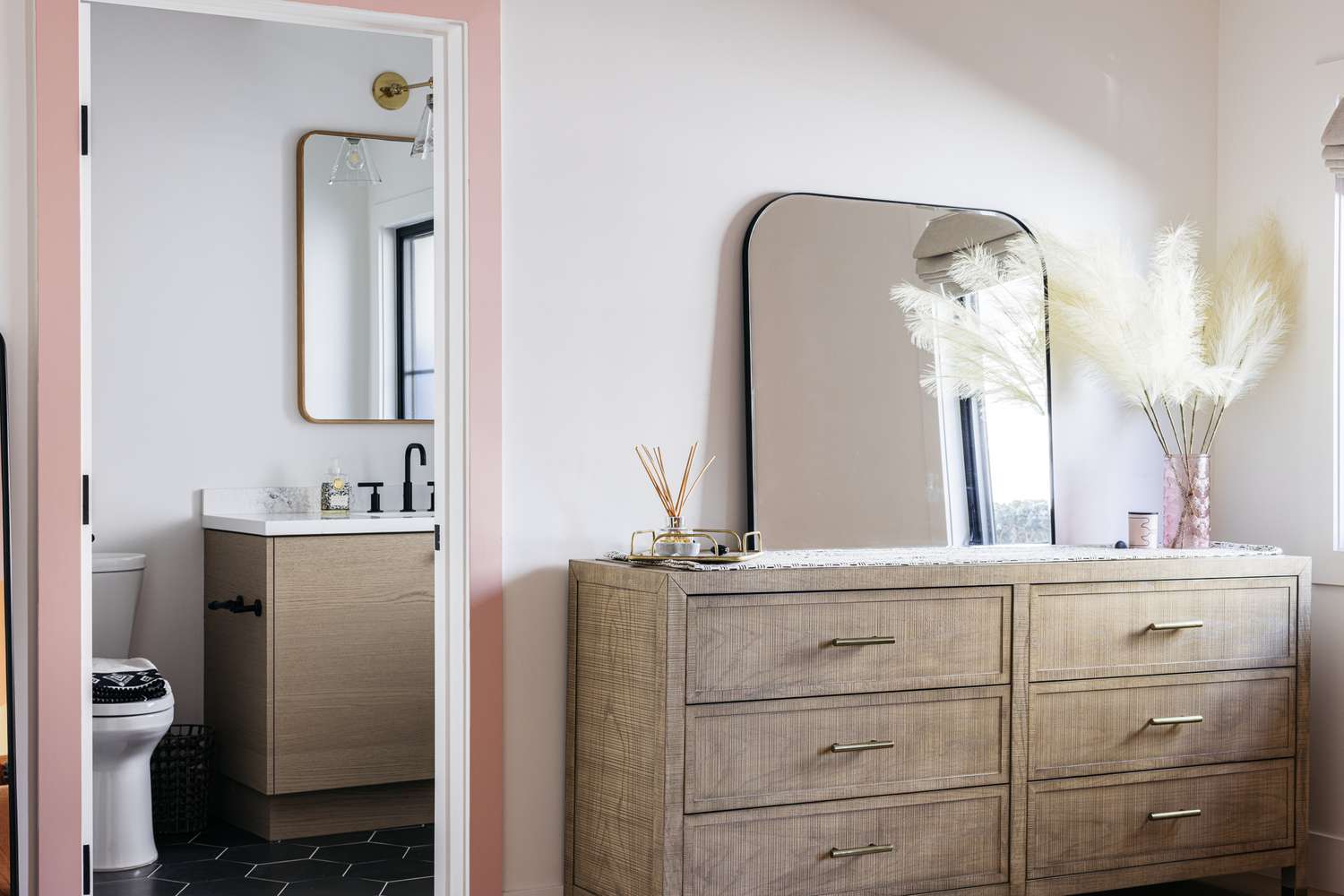

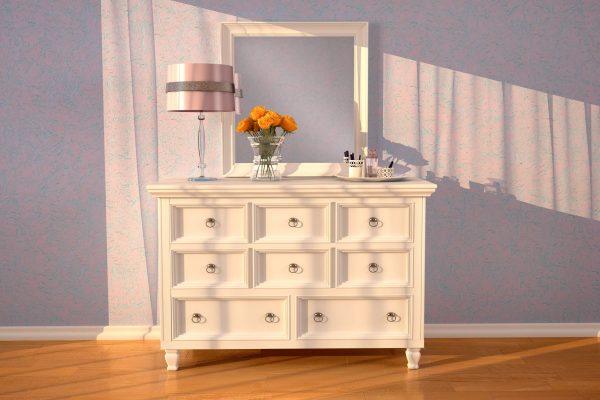
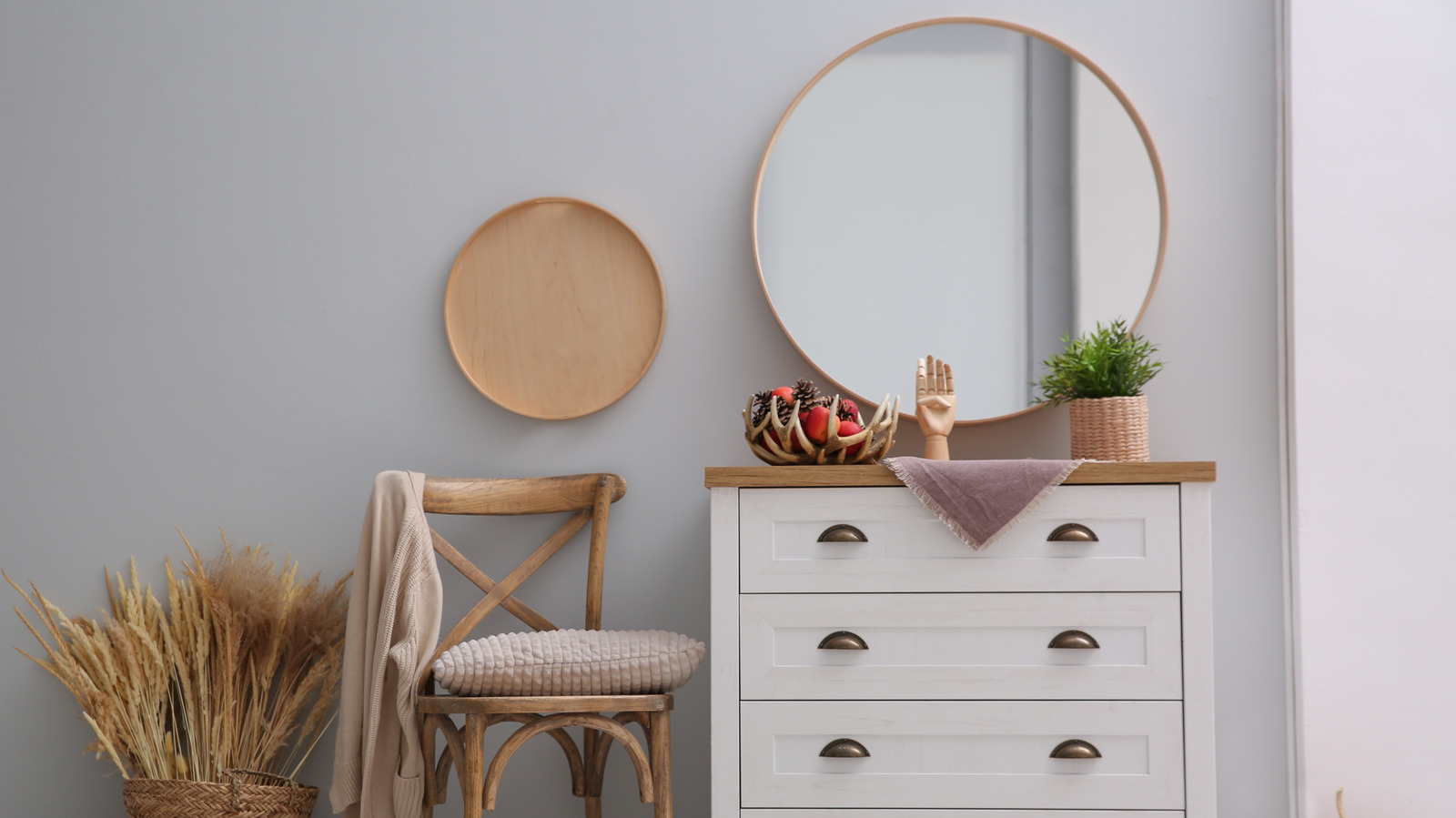
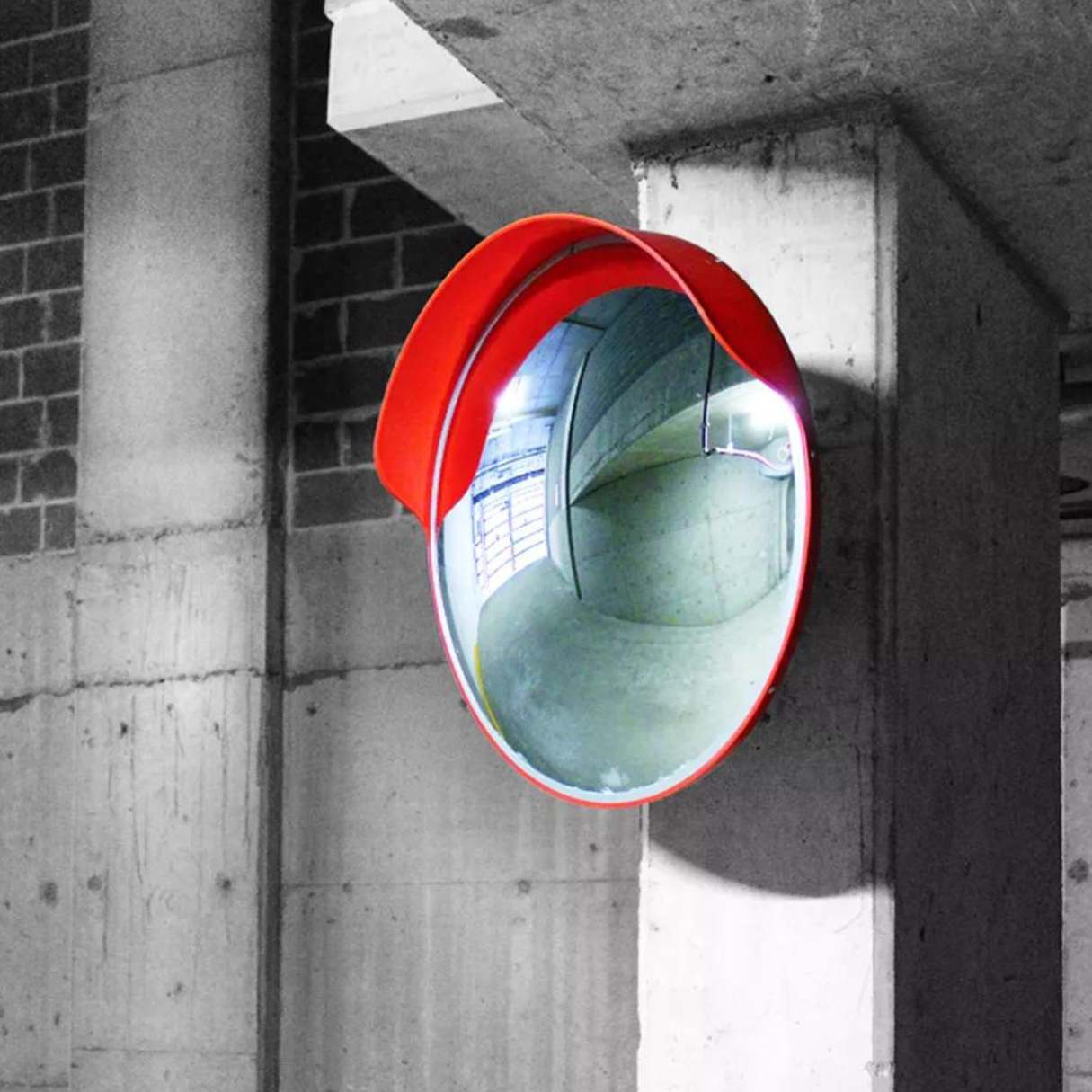

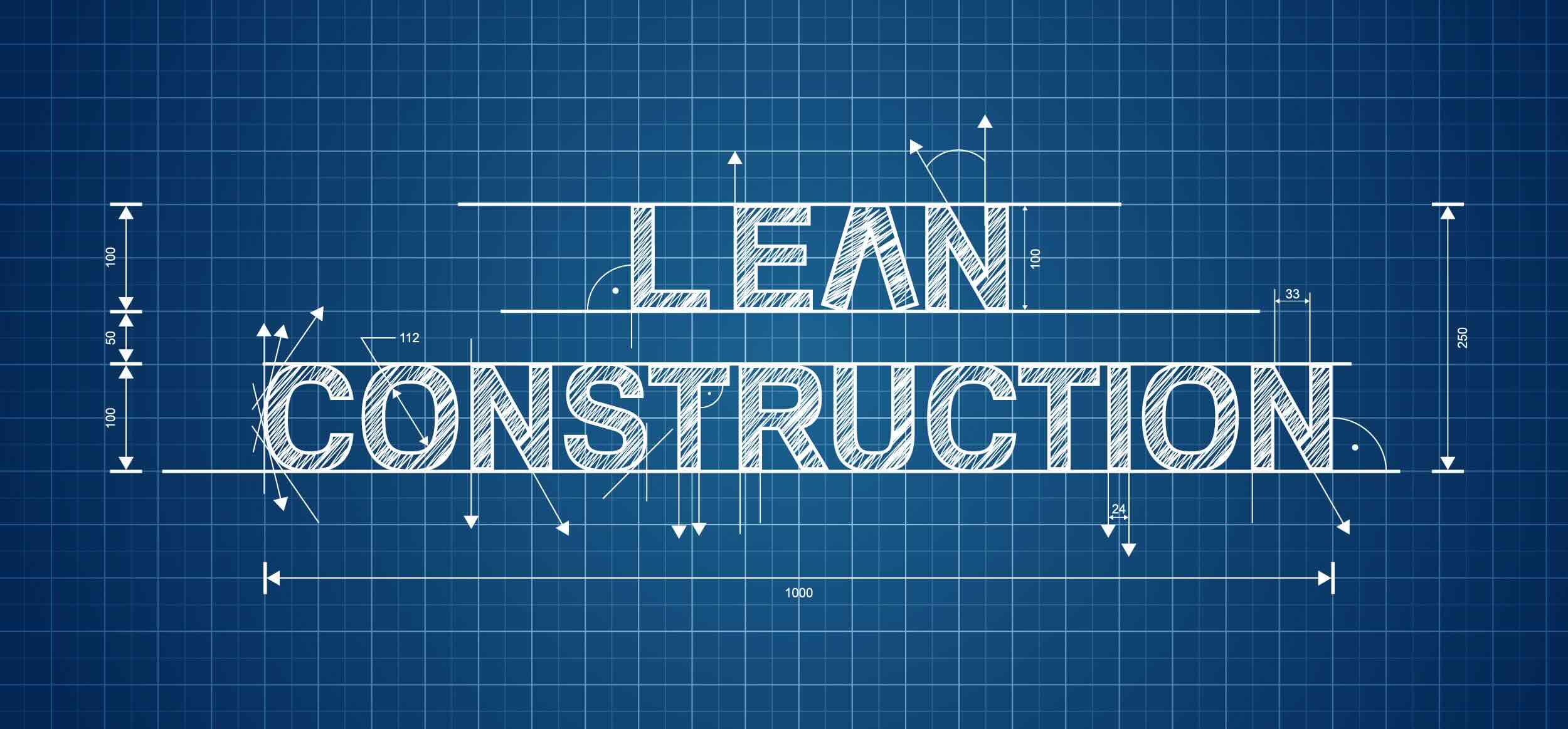
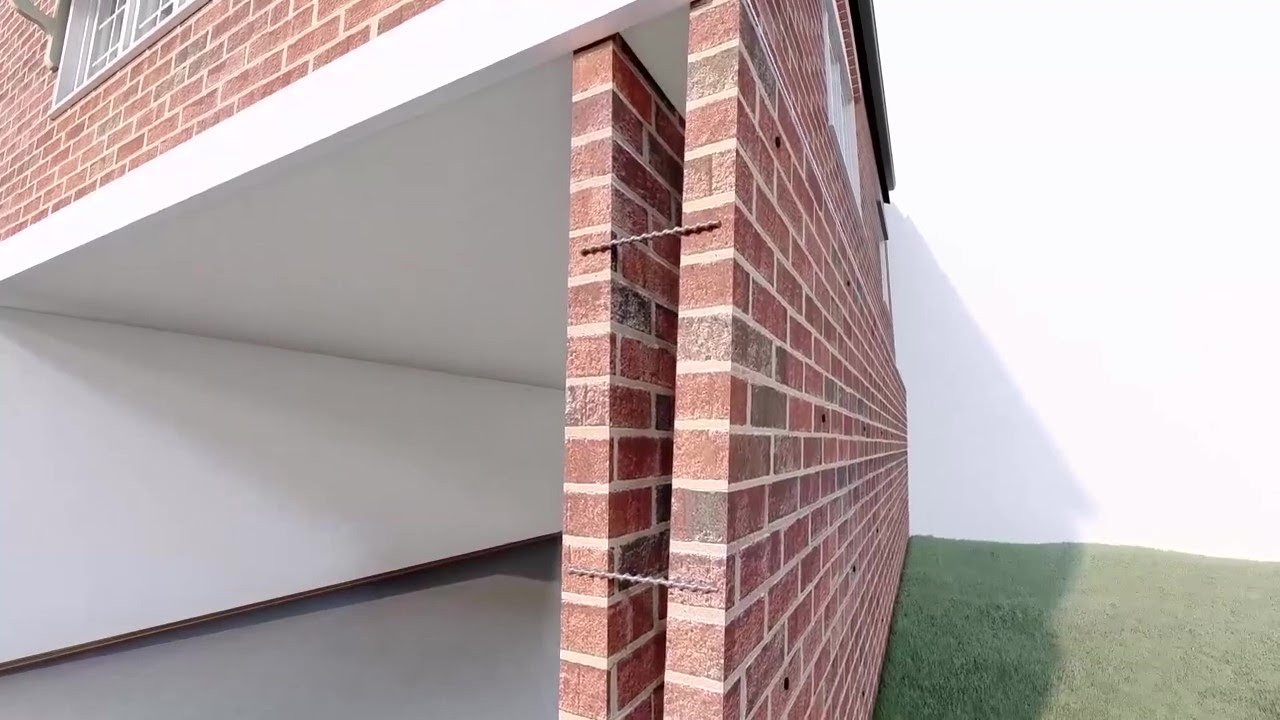
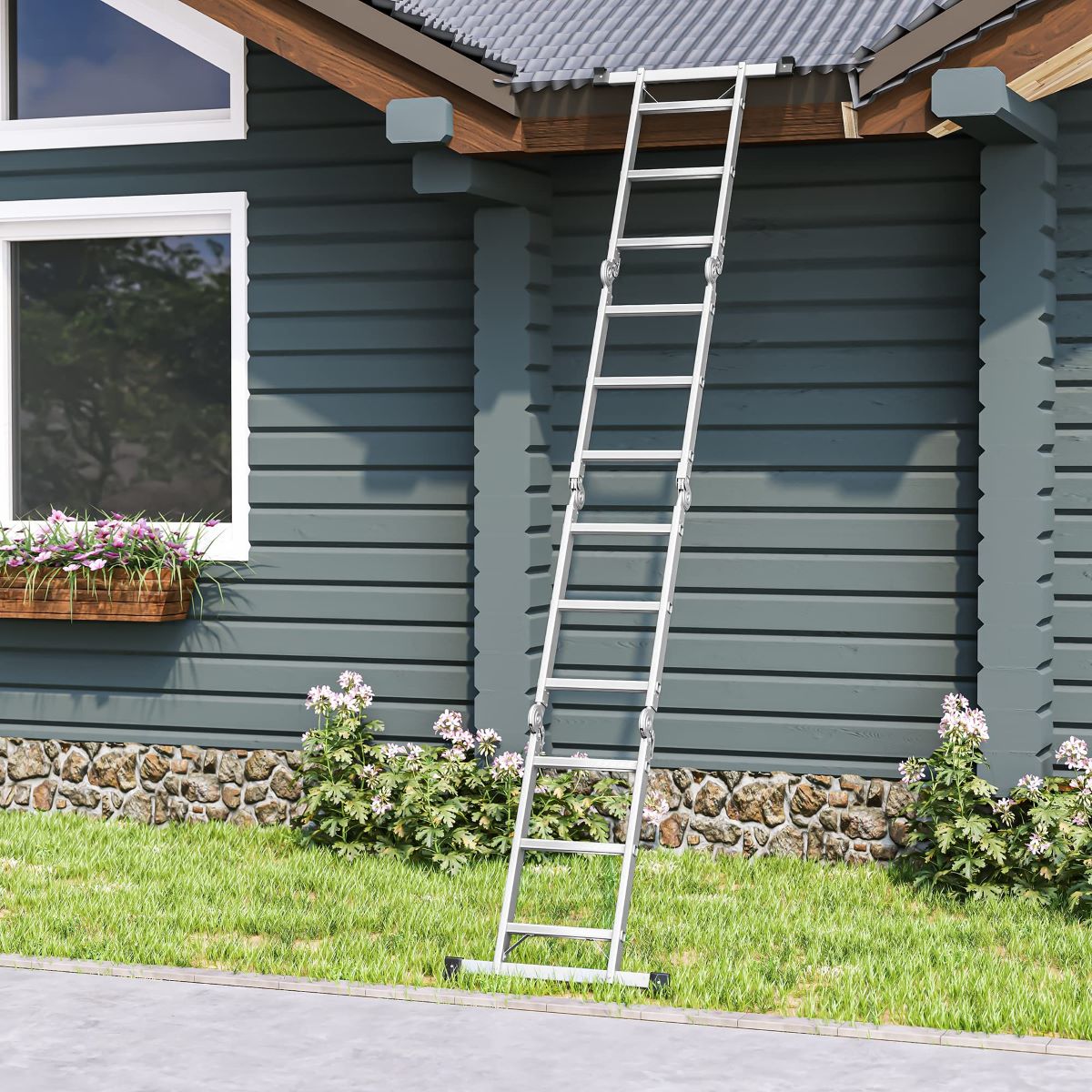
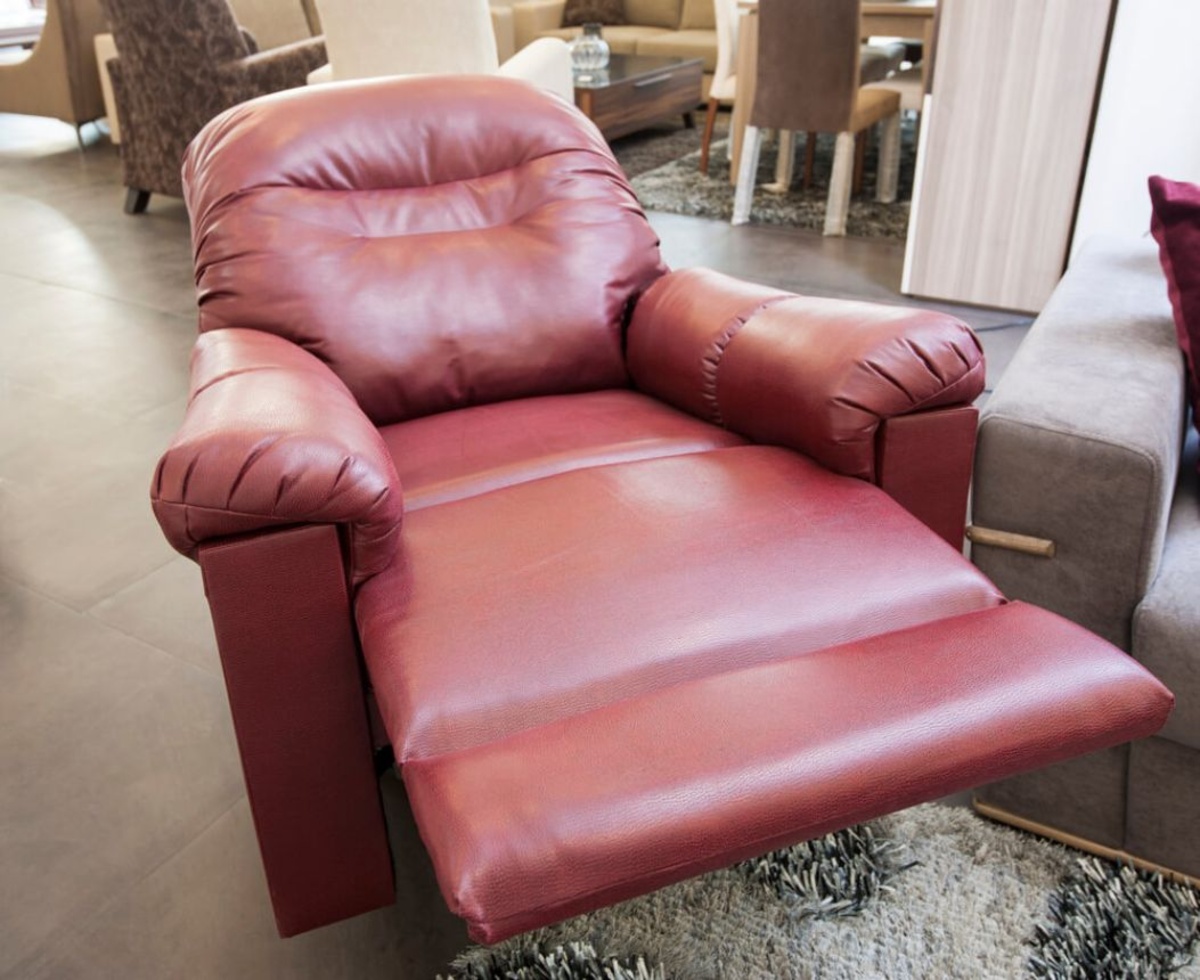

0 thoughts on “How To Secure A Leaning Mirror On A Dresser”